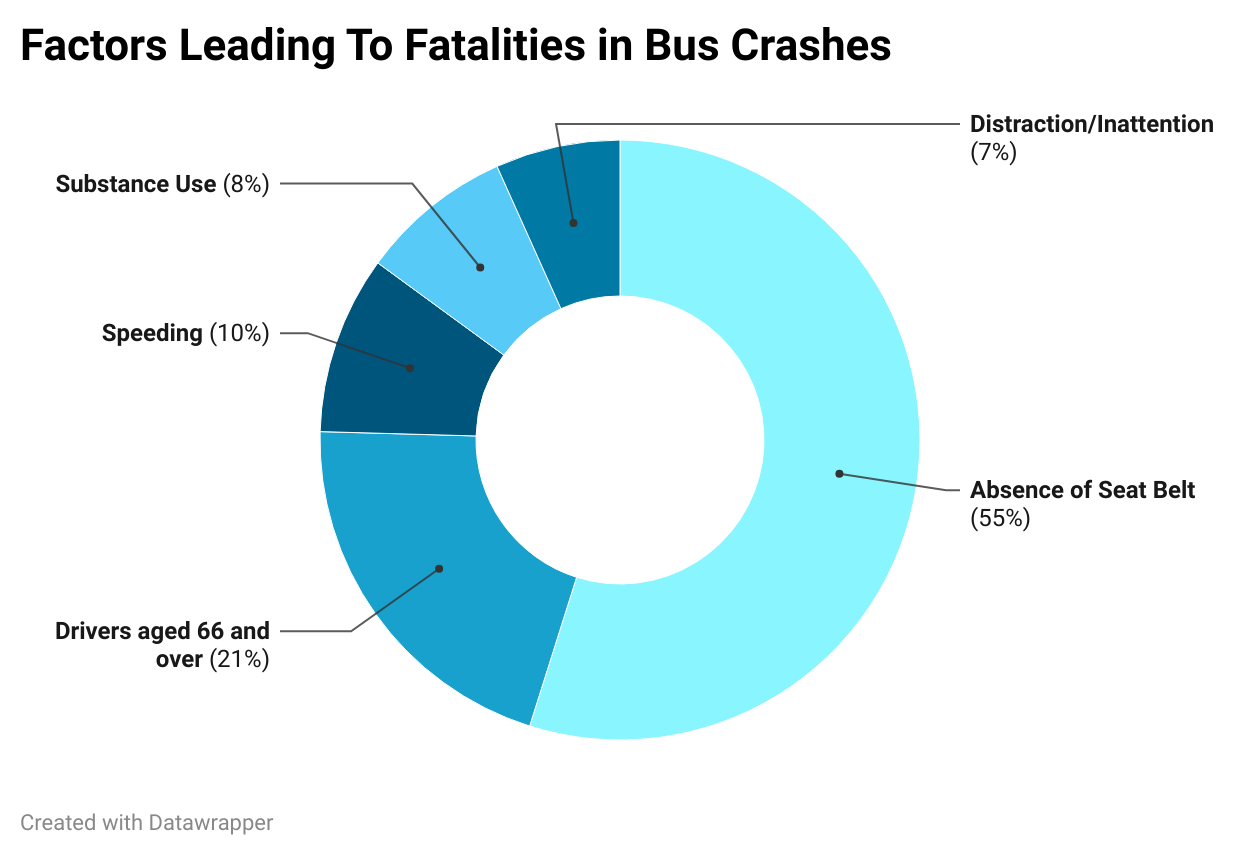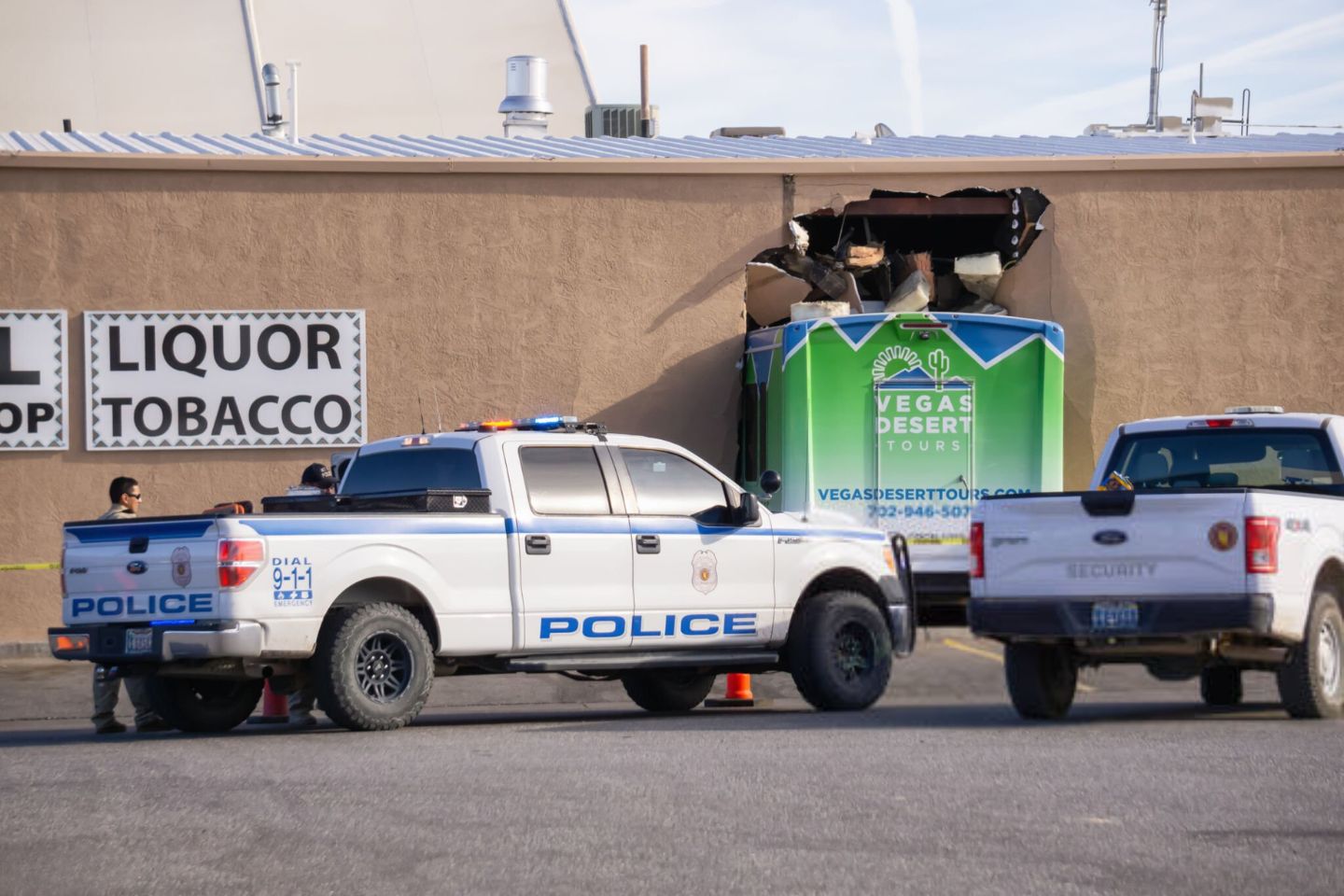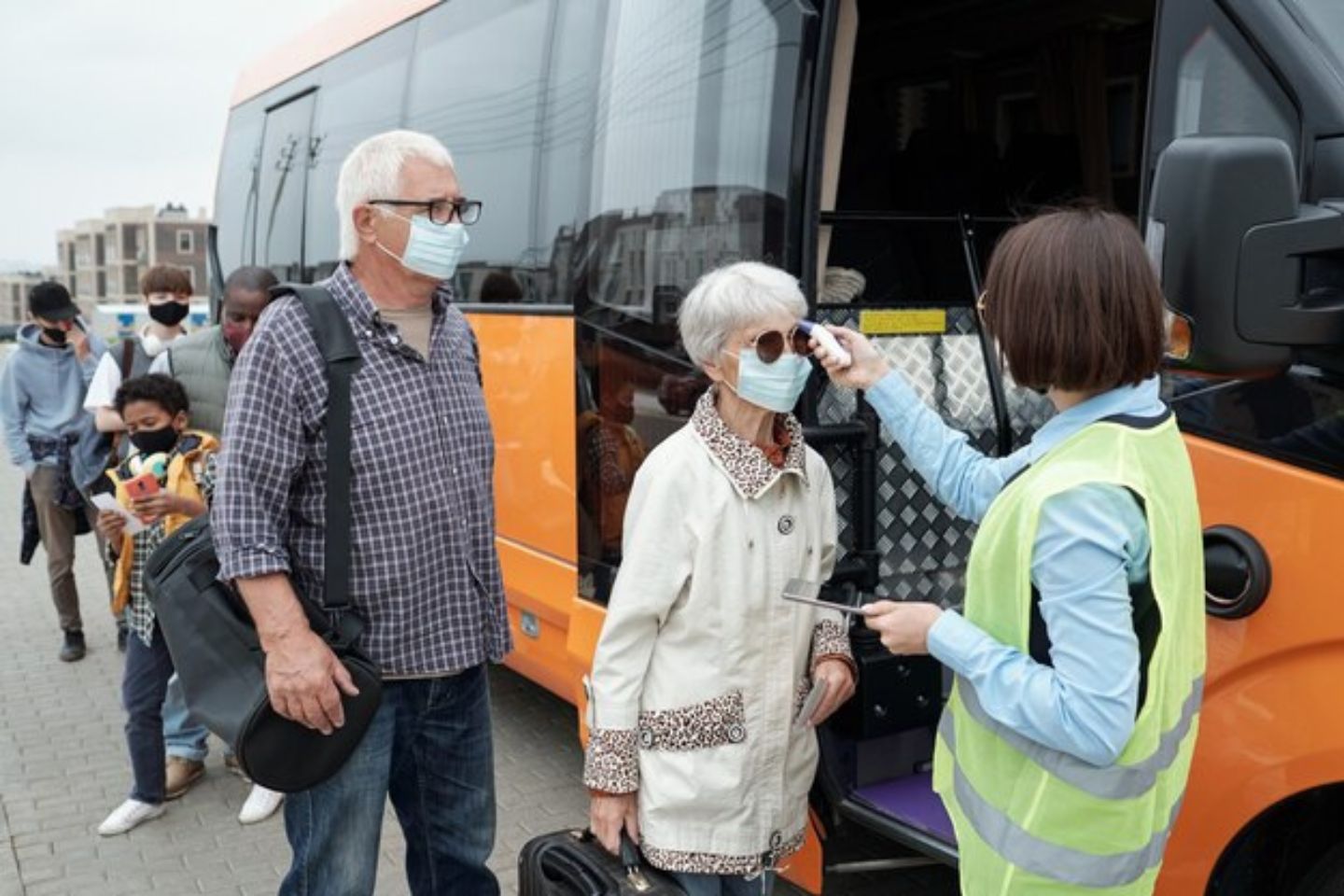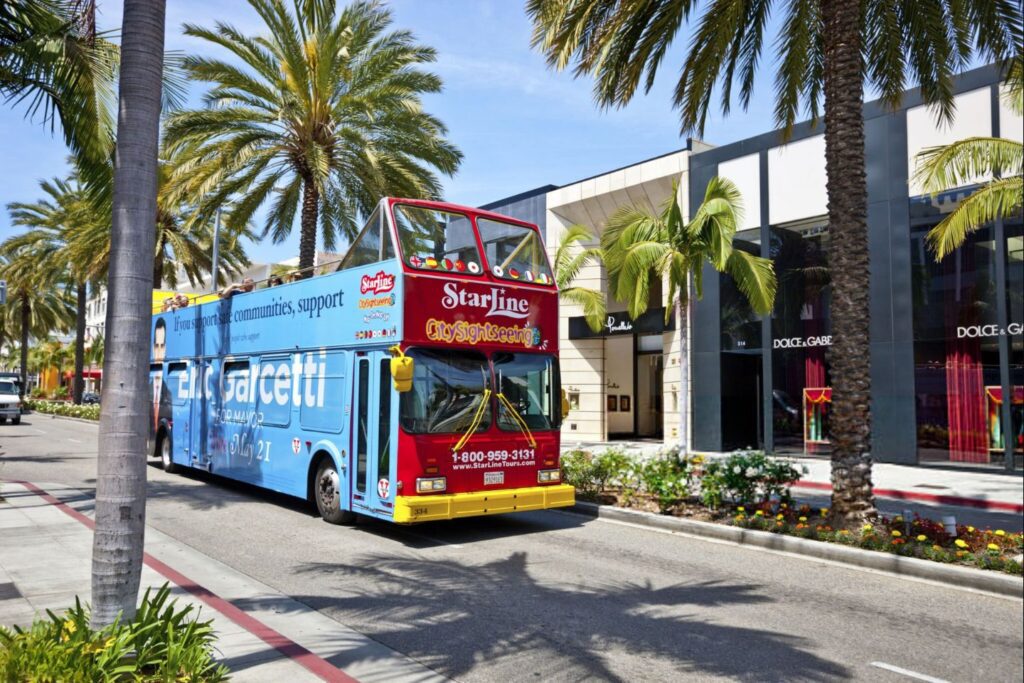Navigating California’s highways has become increasingly hazardous, particularly with the notable rise in tour bus accidents. Data reveals a concerning trend, recording a 52 percent increase in fatal collisions involving large vehicles, such as tour buses, from 2010 to 2021. This statistic not only highlights a significant safety issue but also calls for an urgent review of road safety practices and regulations.
In this article, we’ll dive into the escalating problem of California tour bus accidents, examining the underlying causes and the implications for passengers, drivers, and the legal system. By understanding the dynamics at play, we aim to make every tour bus driver safer while driving on California’s busy streets.
Common Causes of Tour Bus Accidents in California
The roadways of California, bustling with diverse vehicles, including tour buses, face their share of challenges. Drawing on a report published by the Federal Motor Carrier Safety Administration, a close examination of the factors contributing to tour bus accidents reveals several key issues that need addressing to enhance road safety.


- Age and Experience of Drivers: The data shows a clear age-related trend among drivers involved in fatal accidents. In 2021, no bus drivers under 25 were involved in fatal crashes. However, 15% of bus drivers in fatal crashes were over the age of 66, highlighting how age extremes can affect driving capabilities differently across vehicle types.
- Safety Belt Usage: Safety belts are critical for crash survival. In 2021, 15% of large vehicle occupants in fatal crashes were not wearing safety belts, leading to 40 percent of them being killed. This stark comparison underscores the lifesaving importance of safety belt usage, a factor equally crucial for tour bus passengers and drivers.
- Substance Use: Drug use among drivers is alarming, with 6% of large vehicle drivers involved in fatal crashes testing positive for at least one drug. This figure suggests the need for stricter substance testing and regulation to ensure the safety of all road users, including those on tour buses.
- Speeding: “Speeding of Any Kind” was the most common driver-related factor for large vehicle drivers, amounting to 7% of all fatal crashes. This indicates a widespread issue that affects road safety for everyone, including tour bus operations.
- Distraction/Inattention: For large bus drivers, distractions or inattention, such as using a cell phone, being lost in thought, or eating, was the second most common factor, at 4.9%, pointing to the need for focused driver awareness programs.
Navigating the Aftermath of a California Tour Bus Accident


If you’re visiting California and find yourself involved in a tour bus accident, it can feel incredibly overwhelming. You’re in unfamiliar territory, and suddenly, you’re faced with navigating local laws and procedures. Here’s a simplified guide to help you through this tough situation.
Prioritize Safety and Report the Accident
The first action post-accident is ensuring your safety and that of others around you. Find a secure location away from traffic and assess any urgent medical needs. Next, ensure the accident is reported to the authorities within 24 hours, as mandated by California Vehicle Code Section 20008. While the bus driver or operating company usually reports the incident, confirming that the report is filed is essential for both legal reasons and your records.
Seek Medical Attention
It’s essential to get a medical evaluation after an accident, even if you believe you’re uninjured. Some injuries may not show symptoms immediately. In California, the responsibility for medical expenses falls to the at-fault party’s insurance under a fault-based system, as outlined in California Civil Code Section 1714. This means you may need to file a claim against the at-fault driver’s insurance for coverage of your medical treatments related to the accident.
Gather and Preserve Evidence
Collecting evidence safely at the scene can significantly support your case. This includes taking photographs of the scene, injuries, and any damage to the property. Obtaining contact details from witnesses who can corroborate your account is also valuable. It’s important to retain any collected evidence, including physical items and digital documentation like photos or videos, until you have consulted with a legal professional.
Documenting every aspect of your medical care is also vital. This includes all visits to healthcare professionals, treatments received, medications prescribed, and any other related expenses. These documents are crucial pieces of evidence if you decide to pursue compensation for your injuries. In the meantime, your own health insurance may cover the initial costs, or you might pay out-of-pocket and seek reimbursement through the claims process.
File a Claim
Informing your insurance company about the accident as soon as possible is a necessary step. Working with a lawyer who specializes in California tour bus accidents can help ensure that you provide all the required information without compromising your claim. They will navigate the legal terrain, including understanding negligence as defined by California Civil Code Section 1714 and adhering to the statute of limitations for personal injury claims, which is generally two years in California.
Contact Legal Representation
Seeking advice from a specialized lawyer can be invaluable. They will help you understand local laws relevant to your situation, guide you through the process of filing a claim, and advise on whether it’s best to negotiate with insurance companies or pursue legal action. Legal expertise is particularly beneficial for visitors unfamiliar with California’s laws, providing a clear understanding of your rights and potential compensation avenues.
If you’ve been involved in a tour bus accident, the Personal Injury Center is here to assist. Our network of experienced professionals is committed to educating and empowering you about your legal rights, helping you seek the compensation you deserve. Contact us for guidance and take the first step towards recovery.
Legal Framework Governing Tour Bus Operations in California


Navigating the aftermath of a tour bus crash involves understanding the intricate legal framework that governs tour bus operations in California. This section delves into key legal concepts that are crucial for anyone involved in such an accident.
Federal and State Regulatory Compliance
If you’re involved in a tour bus crash in California, knowing the regulatory landscape can be crucial for your case. Tour bus operators are held to high standards under both federal and state laws to ensure passenger and road safety. Here’s a succinct overview:
- Federal Regulations: Enforced by the Federal Motor Carrier Safety Administration (FMCSA), these include requirements for obtaining a Commercial Driver’s License (CDL), adhering to specified hours of service to prevent driver fatigue, and conducting regular vehicle inspections to ensure safety standards are met.
- State Regulations: In California, tour bus operators must also comply with specific state regulations, such as the California Public Utilities Commission (CPUC) guidelines for passenger carriers and the California Highway Patrol’s (CHP) bus inspection programs, which further enforce safety and operational standards.
Understanding these requirements is key, as non-compliance by a tour bus operator can indicate negligence, influencing liability and compensation in the event of an accident.
Passenger Safety and Rights
California law provides specific protections for passengers, emphasizing their right to a safe journey.
- Accessibility: Under the Americans with Disabilities Act (ADA) and California’s accessibility laws, tour bus services are required to accommodate passengers with disabilities. Non-compliance can be a critical factor in legal claims.
- Emergency Preparedness and Response: Operators must have emergency response plans, including evacuation procedures. California’s emergency preparedness regulations for tour buses ensure that passengers know what to do in case of an emergency.
These rights are foundational in building a case for negligence or non-compliance if they were violated in the lead-up to an accident.
Liability and Compensation
Understanding who’s at fault and how compensation works is essential if you’re involved in a tour bus crash in California.
- Negligence: In the context of a tour bus crash, negligence means that the tour bus operator didn’t take the necessary care to avoid causing harm. This could be due to carelessness, such as failing to maintain the vehicle or not paying attention while driving.
Governed by California Civil Code Section 1714, this law emphasizes that anyone causing harm through negligence is responsible for the consequences.
- Comparative Fault: In cases where multiple parties are involved in an accident, California follows the principle of comparative fault, as outlined in California Civil Code Section 1431.2. This means that if you share some responsibility for the accident, the compensation you receive may be decreased proportionally to your level of fault. For example, if you are determined to be 20% responsible for the accident, your compensation could be reduced by 20%.
- Statute of Limitations: This is essentially a deadline for filing a lawsuit. In California, you have two years from the date of the accident to file a personal injury claim (California Code of Civil Procedure Section 335.1). Missing this deadline can mean losing your right to seek compensation.
Insurance Requirements and Claims
Insurance coverage is crucial in securing compensation for damages and injuries resulting from a tour bus crash.
- Minimum Liability Insurance: California law requires tour buses to have liability insurance, which covers injuries and damages caused by accidents (California Public Utilities Code Section 7125). This ensures that there are funds available to compensate victims.
- Filing an Insurance Claim: After an accident, victims can claim compensation for various damages, such as medical bills, lost income, and pain and suffering. Success in these claims depends on gathering detailed evidence of your damages and effectively handling any disputes that arise with the insurance company.
Navigating the legalities after a tour bus accident can be daunting, especially in California. For expert guidance and to understand your rights, the Personal Injury Center offers invaluable resources. Our connections, with deep knowledge of personal injury law, empower victims to seek the justice and compensation they deserve. Reach out to us for support as you embark on your journey towards recovery.
California Tour Bus Accident: Preventative Measures & Safety Tips
Safety in tour bus operations is critical, requiring efforts from both tour bus companies and their passengers. Below, we outline how each can play a part in promoting safety during travel.


For Tour Bus Companies
- Implementing Rigorous Training Programs: Providing comprehensive training for drivers is crucial. This includes not just honing driving skills but also covering safety protocols, emergency response techniques, and customer service. Well-prepared drivers can navigate a variety of road conditions safely and respond effectively to emergencies.
- Regular Maintenance and Safety Checks: Maintaining a strict schedule for vehicle maintenance and safety inspections is essential. Addressing potential issues before they lead to problems can significantly lower the risk of accidents. This practice ensures that all vehicles are in top condition and safe for travel.
For more guidance on what should be included in a bus safety check, watch this video.
For Passengers
- Adhere to Safety Practices: Safety starts with simple actions such as wearing seat belts whenever they’re available, as this can drastically reduce the risk of injury in the event of an accident. Equally important is paying attention to safety briefings and being aware of the nearest emergency exits. Knowing how to react quickly and efficiently in an emergency situation is invaluable.
- Choose Your Tour Bus Company Wisely: Doing a bit of homework before booking can go a long way in ensuring a safer trip. Research the tour bus company’s safety record; companies dedicated to safety standards are likely to have a clean or minimal record of incidents. Additionally, verify the experience and training of the drivers employed by the company. Experienced and well-trained drivers are crucial for navigating complex road conditions and ensuring passenger safety.
For additional insights on staying safe and navigating the aftermath of a tour bus accident, the Personal Injury Center is your go-to resource. Our network of experienced personal injury attorneys is dedicated to empowering individuals with knowledge about their legal rights and safety tips. Let us help you take proactive steps towards safety and recovery.
Key Takeaways
|



